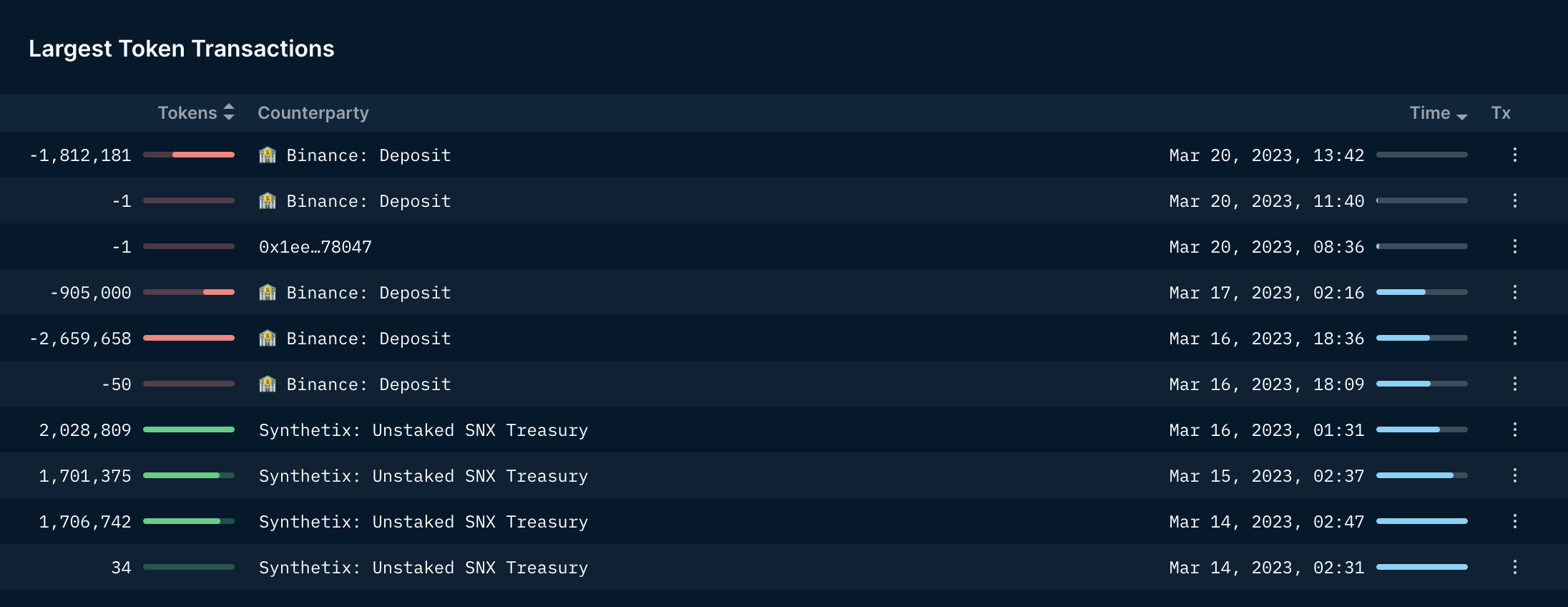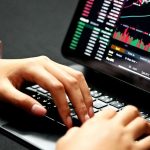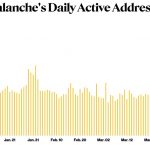The giants of crypto venture capital are mostly a well-known group of firms that’ve been around for years, companies like A16Z, Paradigm, Pantera Capital and Digital Currency Group (CoinDesk’s parent).
So the quick and loud emergence of a firm called DWF Labs as a seemingly large player in the space over the past few months caught many by surprise. They announced through press releases and media organizations like CoinDesk and The Block a slew of investments in projects including $40 million for internet alternative provider Tomi, $40 million for artificial intelligence-related token Fetch.AI and $10 million in AI-focused crypto data project CryptoGPT.
But a closer examination reveals DWF, whose founders made their money as crypto high-frequency traders, isn’t exactly a venture capital firm – not always, at least.
While the recent slew of headlines refer to DWF’s partnerships with crypto projects as ‘investments,’ DWF Labs actually functions more similarly to an over-the-counter (OTC) trading desk. The company typically approaches a crypto project with a token, and offers to buy millions worth of the token at a discount to market value, according to conversations with several crypto projects that have worked with DWF.
But DWF Labs says it’s all a misunderstanding. “There might be some questions on the use of the word investment,” said DWF Labs Partner Stefano Virgilli. “When we use the word ‘investment’ – to us the most important thing is that if we’re purchasing the tokens and they’re using the funds to further develop, that’s an investment,” he added.
The controversy
Investments in crypto projects typically follow a venture capital model. Projects tap venture firms for capital via funding rounds (i.e. pre-seed, seed, Series A, etc.) and, in turn, the investors receive a portion of the project’s equity. In most cases, particularly in early stage investments where a project has not yet launched a token, investors will receive a Simple Agreement for Future Tokens (SAFT), a contract that outlines the tokens allocated to the investor if the project launches a token in the future.
DWF Labs’ investments are more ad hoc in nature and the company primarily selects for projects that have already launched a token.
While DWF Labs refers to itself as “a global web3 venture capital and market maker” or “multi-stage web3 investment firm” in press releases, the deals are often presented as “strategic partnerships” that can include token acquisitions, market making services, pledges to boost a token’s liquidity and trading volume, and additional support with marketing and media presence.
Even helping projects’ treasuries to sell their token holdings, according to the press release the firm distributed about its launch in September.
In the post, the firm said that “DWF Labs invests in digital asset companies and supports existing markets, enabling digital asset companies to sell their tokens for up-front capital without adverse price impact,” adding that “DWF Labs buys tokens with its own funds, allowing its corporate customers to sell tokens quickly.”
It is quite common in the crypto industry for market making firms to have venture capital arms. Jump Crypto and Wintermute, two heavyweights in the crypto market-making sector, both began as trading firms. But both have since expanded into cutting venture checks for projects, and even building their own pieces of core infrastructure (Jump has backed the Wormhole cross-chain bridge and Wintermute has launched its own decentralized exchange).
However, the industry standard is that these contracts should be separated. Even though the lines between the two divisions can be blurred sometimes by the market makers, some industry observers have grown concerned about DWF’s recent activity and seemingly packaging different services under partnerships.
“It’s a massive conflict of interest,” Walter Teng, research firm Fundstrat’s vice president of digital assets, told CoinDesk. “If you invest, you want the token’s price to go up. If you market make, you can manipulate the price to go up by spoofing.”
“All of their ‘investments’ are poorly disguised agency OTC (over-the-counter) trades,” a market making firm’s executive told CoinDesk, who asked not to be named due to company policy. “They make a big announcement about ‘partnerships, investments’ or some other nonsense, but in reality it is a way for token projects to sell their treasury without announcing that they are selling their treasury.”
DWF’s managing partner Andrei Grachev defended the firm’s token maneuvers in a recent tweet, calling it “dumb” if a market maker (MM) leaves all the acquired or borrowed assets in a wallet, because an “MM should create markets, provide depth, improve order execution instead of doing nothing and waiting when the market is skyrocketing to execute its call options.”
DWF Labs’ strategy
DWF Labs launched in September, as an investment-focused arm of Digital Wave Finance, a top high-frequency trading firm that trades spot and derivatives on over 40 exchanges, according to the firm’s press release.
Grachev told CoinDesk that DWF Labs’ funding comes from the money earned from profits of the high-frequency trading business. Grachev denied that the firm has received any funding from Russia, a rumor circling within the crypto industry.
Grachev said that the firm has multiple types of investments, some with token lock-ups, others without vesting period, and focuses on projects with tokens. “We prefer to have tokens but we also have several equity deals,” said. “But frankly with equity…it is not our strong side,” he said.
While he said that DWF Labs “usually do not include market making deals in our venture side,” later, he admitted that “we have pure investments without market making, we have market making [agreements] without investment, and we have [them] combined.”
“As a market maker, of course we support our portfolio. If we invest, we will provide much more liquidity to the project compared to if we don’t invest,” Grachev said.
When asked about DWF’s investment strategy and due diligence, Grachev talked about focusing on five sectors – TradFi, DeFi, GameFi, CEXs and artificial intelligence – and aiming to “have stakes in all major chains (…) in order to have access to their ecosystems.” The firm looks for projects with “life and traction,” he said, checking social media posts and what exchanges their token is listed on.
“If a project is listed on BitFinex, Coinbase or Binance, then the project is proven and good because these exchanges have very strict due diligence and very strict policies of listing,” he added.
Grachev also said DWF doesn’t usually participate in specific venture rounds. “We just approach them,” he says.
CoinDesk viewed a series of messages between DWF Labs and a crypto project that showed a member of the DWF Labs team offering to invest in the project and provide free market-making services. DWF told the project it could invest via a direct OTC purchase of liquid tokens from the project’s treasury, or with a lock-up period and market-making services.
Messages from the market maker to another project showed that DWF offered to buy tokens in daily tranches without any lock-up period at a discount or in one installment with a one-year lock-up at a steeper discount. According to the message, DWF promised to help list the token on Korean exchanges including Binance Korea which the firm has “good relationship” with, create options trading and “build narrative” leveraging DWF’s team and media presence.
There were several past announcements when DWF mashed investments and market-making deals.
One instance was its strategic partnership announcement with derivatives trading platform Synthetix. According to a press release on March 16, the firm said it acquired $15 million of the project’s native token SNX “aimed at boosting liquidity and market making,” adding a quote from Grachev that “we are thrilled to invest in Synthetix.”
Blockchain data shows that DFW’s wallet – labeled by crypto intelligence firm Nansen – received 5.3 millions of SNX directly from Synthetix’s treasury wallet between March 14 and March 16. Then, the firm transferred all tokens to Binance in multiple transactions between March 16 and 20.

Transactions between DWF Labs and Synthetix treasury. (Nansen)
In November, DWF announced a $10 million investment in the TON ecosystem. The firm’s press release said that the “strategic partnership” with the project extends to “an investment, token development, market creation and exchange listing.” The partnership also includes “50 seed investments scheduled over the next 12 months,” doubling the TON token’s trading volume in the first three months of the partnership, and developing an OTC market “to let buyers and sellers complete large transactions.”
Another case is the firm’s investment into web3 influencer platform So-Col. According to a story by crypto-focused publication The Block and cited on DWF’s website, DWF invested $1.5 million in “a round” by purchasing So-Col’s native token SIMP in February. Irene Zhao, So-Col’s founder, said that the tokens have a one-year vesting period ending in February 2024. The post does not mention other services besides investing.
However, Nansen’s blockchain data on the Ethereum blockchain shows that DWF’s crypto wallet received 3.3 million SIMP tokens between March 6 and March 24. Within the same period, DWF sent some 2.6 million tokens to KuCoin exchange, then transferred the rest to an unknown wallet on March 30. After the announcement on March 28, SIMP almost doubled from around 1.7 cents in a week, then started to plummet on April 4 towards 1 cent, per CoinGecko data.
CoinDesk reviewed Telegram messages of a So-Col representative saying that they decided to work with DWF Labs because besides serving as a market maker DWF also invested in the project directly helping to extend the startup’s runway.
Sending tokens to exchanges
Grachev said that DWF Labs keeps most of its funds and investments on centralized exchanges (CEXs) and transferring tokens to an exchange does not indicate the company will sell.
“We keep all of our inventory, almost all of our inventory, not only our investments but our own funds on exchanges,” he said.
However, keeping supposedly long-term investments on exchanges is a worrying sign for some industry experts, hidden from savvy blockchain analysts and traders whether DWF sells tokens or uses them for market making purposes.
“It’s a red flag,” a founder, who asked to remain anonymous, of a crypto analytics firm with former market making experience told CoinDesk. “They [DWF Labs] market them as an investment, and then claim to do ‘market making’ so they can keep funds on exchanges and just dump.”
It’s hard to opine on where a firm like DWF should draw the line between VC and market making. Perhaps, a page from the TradFi banking playbook could work. In that realm, investment banking and trading/research is separated by a so-called Chinese wall. Where that line might need to be drawn for crypto investment firms is unclear.
Recommended for you:
- El Salvador Grants First Digital Asset License to Bitfinex
- I Made an NFT Collection to Represent My Student Loan Debt
- Stepn Parent Company Launches NFT Marketplace
- Join the Most Important Conversation in Crypto and Web3 in Austin, Texas April 26-28
In the interview, Grachev admits his “biggest mistake” was not properly explaining his firm’s operating philosophy and investment process. “We need to be more open. I want [the community] to know how we work and then let people decide who is right and who is not right,” he said.
Tracy Wang and Ian Allison contributed reporting.







